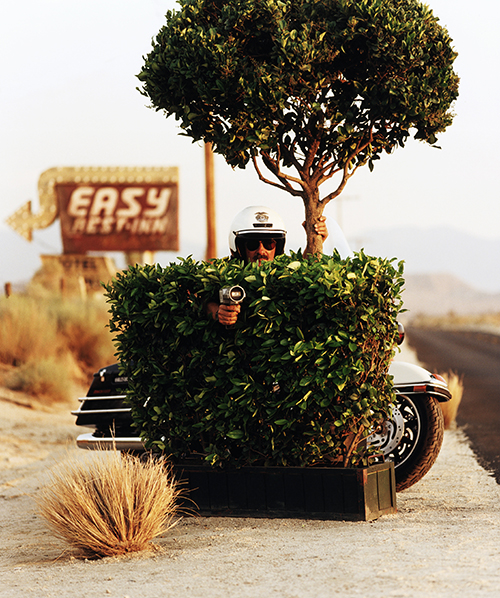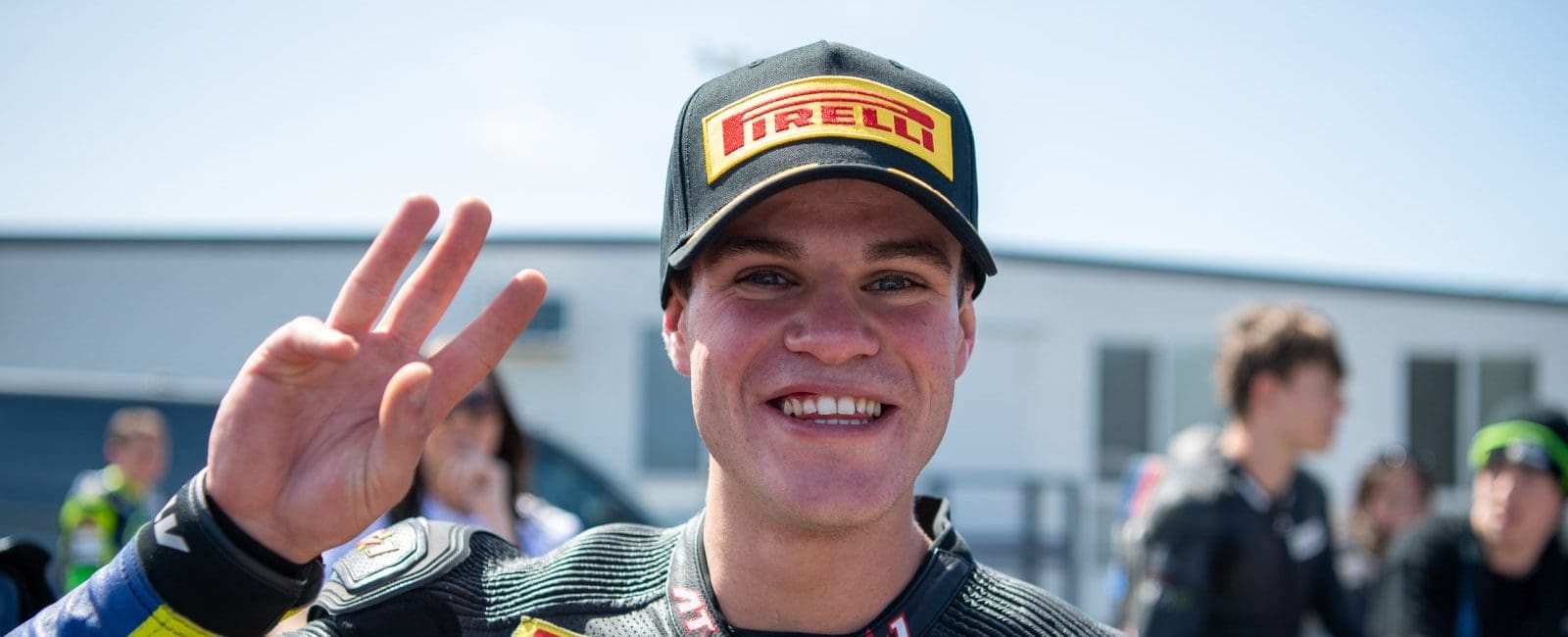A foolish, or panic-prone road user might be alarmed by a road-safety campaign that’s defined by the catchy two-word tagline ‘Towards Zero’. It would be understandable to fear that what the many organisations who have fallen in love with this catchphrase – from the Roads and Maritime Services (RMS) in New South Wales to the Traffic Accident Commission (TAC) in Victoria and the Western Australian state government – are talking about is lowering all speed limits to zero.
Short of getting all motorcyclists, and pedestrians, to suit up in super-strength sumo suits before leaving the house each morning, it sounds like the sort of policy that road-safety advocates, or acolytes, would come up with. If no one moves those pesky motor vehicles, no one will get hurt.
And it also fits in with the clear trend we’ve seen, particularly over the last decade, to reduce speed limits whenever and wherever possible.
Yes, motorcycles and cars can stop more quickly than they used to, tyre technology gives them better grip in the rain, and compulsory safety technologies like automatic emergency braking and electronic stability programs are making it more difficult for even dopey, dull-eyed car drivers to have so many accidents.
Perhaps most importantly, stopping distances have been vastly reduced since last century and yet our speed limits are… either exactly what they were last century, or lower.
Back in the 1960s, the speed limit for built-up areas was set at 60km/h, but in the late 1990s and early 2000s, that was gradually lowered to 50km/h in many places.
NSW introduced an absolute speed limit of 100km/h back in 1974, and while many freeways in all states now allow 110km/h (the Australian Capital Territory has a maximum of 100, and the Northern Territory 130km/h), speed limits have not risen any further in decades.
The goal of Towards Zero is, of course, to achieve a zero road toll, which is, as long as human beings are using their vehicles at anything above a combined impact speed of 10km/h, about as likely as achieving a zero crime rate, or lowering the percentage of people who say stupid things to zero.
Speaking of saying stupid things, this is how the TAC defines its Towards Zero policy: “We no longer accept that it’s inevitable that people die or be seriously injured just because we have a road transport system.”
And I no longer accept that Donald Trump is the leader of the free world.
Hang on. What? That didn’t work?
The authorities, of course, have a plan and it’s not just giving us all so many speeding fines that no one has a licence any longer. It’s scarier than that.
What the speed-obsessed pen-pushers are proposing, particularly in the police state that is Victoria, are even lower speed limits – down to 80km/h on country roads, where they can get away with it, plus more hidden cameras to enforce them.
They also want to use wire fencing to replace lane markings on two-way roads, which sounds an end to overtaking, and for seriously maiming a large number of motorcyclists, no doubt.
Anyone who’s had the misfortune of visiting Sweden and using its soporific roads will tell you this is something that seemingly sane humans are already doing. Overtaking in the land of the Volvo isn’t just socially unacceptable, it’s damn near impossible.
It should come as no surprise, then, that the country the Victorian safety experts are looking to for inspiration is not Germany (they must just wish Germans would all be killed by speed, because their continued existence does somewhat contradict their Speed Kills messaging, as does the fact that Germany has a lower road toll, per 100,000 head of population, than we do – 4.3, versus our 5.4). No, it’s Sweden, where the rate of road fatalities per 100,000 people is just 2.8. Remarkably, while the Swedes do have limits as low as 30km/h in built-up areas, their top freeway limit is still higher than ours, at 120km/h.
The fact is, however, that most roads outside of urban areas carry stultifying 90km/h limits, and scarily, most Swedish drivers support the widespread use of speed cameras, which has been growing exponentially since the government introduced a concept, way back in 1994, called Vision Zero. That sounds familiar…
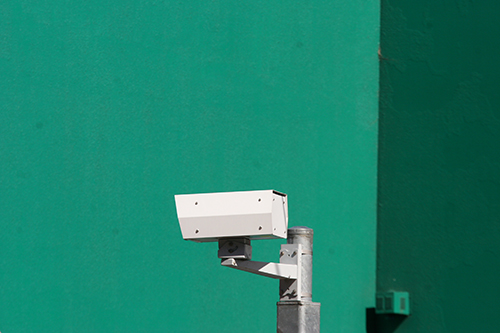
By 2025, Sweden will have more than 3000 speed cameras covering just 8000km of roads. Do the maths. No one speeds in Sweden.
So, how far are the Australian authorities willing to go? We had a chat to Stuart Newstead, associate professor at Monash University’s Accident Research Centre and one of the country’s leading statistical experts on road trauma.
He’s a big fan of the Towards Zero idea, wants school zones reduced from 40 to 30km/h, or lower, and says we really need to closely examine “the cost of mobility.”
“A pedestrian crossing a road is not compliant with a Towards Zero outlook… you can’t really let pedestrians and cyclists interact with vehicles at all,” he says.
“There’s a lot of public debate that needs to go on towards that zero goal, because a lot of it will limit our mobility, and we have to look at the trade offs and see what people are willing to accept.”
Yes, he does seem to be serious, both about the zero goal, and the fact that he knows, in the scientific part of his head, that we can only really achieve it by moving very, very slowly indeed. And possibly backwards in time. Frankly, riding horses would even be a bit risky.
Another real anti-speed campaigner is Victorian Assistant Commissioner Doug Fryer, who seems to think we just need to book a lot more people, a lot more often.
“We know that enforcement changes driving behaviour and cultures, but it does take time,” Fryer explained. “If you look at drink driving, we’ve now had 40 years of enforcement of that, but it’s taken nearly that long to change the behaviour of the community.
“We lost 1300 people on Australian roads in 2016, that’s more than 3.5 people every single day, it’s a church chapel overflowing with grieving families and friends… is the cost of mobility 1300 people dying? It can’t be, so zero has to be our aspiration.
“Should a country road have the same 100km/h limit as the Tullamarine Freeway? That’s a discussion we need to start having with the community, because if we start dropping some of those limits we’re going to see fewer deaths on our roads.”
When it comes to lowering limits, no one is more passionate about it than Samantha Cockfield, the TAC’s senior road safety manager, who proudly claims never to have received a speeding ticket in her life.
“Humans, no matter how well intentioned, will make mistakes, and we have to develop a system that allows people to survive those mistakes,” she insists. “What we’re doing came out of a lot of Swedish work on how our bodies get injured and what kind of impact speeds cause serious injuries.
“What we know, is that in a modern car, a head-on collision is survivable at speeds of 70km/h, so our starting point (for a new national speed limit) could be 80km/h.
“The risk of involvement in a casualty doubles with each 5km/h increase in free travelling speed above 60km/h.
“If you look at Sweden, they’re designing their roads for 80, because they believe 80 is the speed that will be survivable in the foreseeable future.”
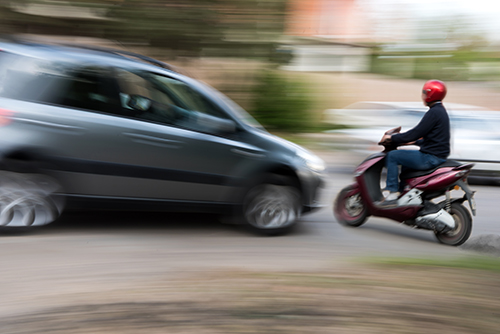
Yes, she’s talking about what’s survivable in a car crash, because even talking about motorcycle accidents, and the fact that people sometimes make mistakes on them too, makes her feel faint.
There are, of course, people in authority who like to talk truth to bullshit, and one of them is former Senator David Leyonhjelm, who says that the idea of Towards Zero is “nothing short of an outright lie”.
“The only way you could get zero road toll is a speed limit under 20km/h, that’s about the speed where you can’t get killed,” he thunders, suggesting that the speeds we’re allowed to ride at (he’s a keen motorcyclist himself) are “not an engineering question or a bureaucratic one, it’s an ethical and moral one, so it should be made by the people who are bearing the risk; it’s a matter for society itself.”
His suggestion, which won literally no support from his Canberra colleagues, at least officially, is to change our speed limits using the idea of the 85th percentile. This would mean removing all limits for a set period of time, and then monitoring driver behaviour.
“Probably for the first week you’d get a bit of nutcase driving, but it would settle down and people would travel at what they think is an acceptable speed,” he says.
“The overwhelming majority of drivers are sensible enough to think ‘I don’t want to commit suicide, I don’t want to kill anyone else,’ so they will drive at a speed which they think feels safe.
“So you measure everyone’s speed and calculate the 85th percentile, which is the speed at which 85 percent of drivers are travelling, and you set the new limit at that level, then you know that 85 percent of drivers think that speed is right for that road.
“We would end up with higher speeds on most roads, but not all of them. The Hume Highway from Sydney to Canberra, for example, could easily be 130 or 140, and it would make life easier, but there are other roads where it might be too hairy to go faster than 100.”
So what does Ms Cockfield from the TAC say to the idea of even considering raising speed limits in Australia? In a slightly long-winded way, it sounds a lot like a flat nope.
“Research shows us that increasing speed limits, particularly on regional roads, will result in more people dying or being seriously injured,” she says.
“Speed continues to be a major factor in road trauma and, while it is not always the cause of a crash, the speed of a vehicle at impact will always determine the extent of the injuries that result.
“The TAC’s highest priority is the safety of the community and any proposals to increase speed limits must not increase the risk of death or serious injury to Victoria’s road users. We can never value a couple of minutes in reduced travel time ahead of our safety and the safety of others.”
As far as the RMS in NSW is concerned, there is “no available evidence that increasing the speed limit to reduce travel times reduces the likelihood of fatigue-related crashes”.
A spokeswoman for the RMS assured AMCN that, while there are instances where fatigue and speed are found to be a factor in fatal crashes, the combination accounts for only a small minority of deadly accidents.
“For fatal crashes involving motorcycles in 2017, nil involved fatigue only, 10 percent involved fatigue and speed and another 42 percent involved speed only,” she added.
As to the disparity between the more sensible 130km/h limit in the NT – where the higher speed limit has not resulted in a higher amount of crashes or fatalities – and many countries around the world, it turns out that NSW is not like the rest of the world.
“The decision to set the speed limit at 130km/h in the NT is a matter for the Northern Territory jurisdiction,” she continued.
“This is also applicable for other countries – countries with higher speed limits have different road environments and risk factors to those seen in NSW.”
Bernard Carlon, executive director of the Centre for Road Safety, tells us that setting speed limits is a tricky business and one which at no point seems to take into account improvements in vehicle technology and safety. It’s all about the fact that humans, fallible beasts that they are, do not change. Or get smarter.
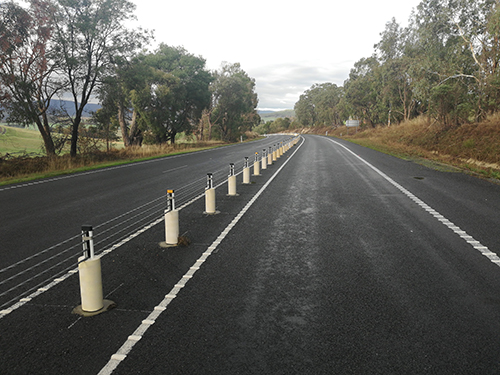
“The fundamental principle in setting speed limits for a particular length of road is that the speed limit should reflect the road safety risk to the road users while maintaining the ability of people to easily get to their destination,” Carlon explained.
“Key factors considered in the setting of a speed limit include crash profile, road function, road use, roadside development, road characteristics, traffic mix, crash history and the presence of vulnerable road users, such as pedestrians, motorcyclists and bicycle riders.”
So, the very presence of motorcyclists on our roads, it seems, forces authorities to keep limits low, because we are “vulnerable”. It’s all your fault, see?
Surely, then, if all these clever people who work on setting speed limits and enforcing them for a living are correct, our road toll should be falling precipitously, and rushing towards that goal of zero.
Sadly the numbers tell us otherwise.
In Victoria, the most heavily policed State in the country, the road toll was up almost 50 percent, year on year, in early May.
By midnight on 6 May, 113 people had died on Victoria’s roads in 2019, compared with just 76 during the same period in 2018. The biggest jump in those shocking death rates was in rural Victoria, with 72 fatalities, compared to 39 the year before. It bears pointing out, again, that it is in rural areas where people are driving longer distances and more likely to suffer the effects of fatigue, particularly in Victoria, where you need to spend so much mental effort staring at your speedo, to make sure you don’t stray a kay or two over and get booked.
In response to these appalling figures an emergency summit has been called for 31 May, which will feature the usual speed-camera-touting officials from the TAC and VicRoads, as well as motorcycle and cycling advocates. The one thing you can bet won’t come out of that summit is any discussion of raising speed limits.
To tell you the truth, when you speak to the bureaucrats who work in this area, what they’re most excited about is the autonomous future. Once they can stop people driving, they can really get the road toll down, and yes, that is a worthy goal.
Ask them where motorcycling fits in a world of autonomous cars, however, and what you’ll get are blank looks and stony silences.
What we’re dealing with then, are people who don’t even want to discuss change. People who will tell you, with a straight face, that there is no evidence, nor can they see any sense in the idea that raising speed limits might reduce fatigue, and thus road trauma.
Nor are they willing to engage with the fact that people in Germany – people who weep at the idea that we allow our parents, rather than professional instructors, to teach us to drive – are dying at a lower rate than we are, despite having no speed limits at all on some roads. And as for the Northern Territory and its 130km/h limit, they’d prefer to pretend it doesn’t exist.
Sadly, then, it seems despite all the improvements in safety and technology, we’ve hit our limit at 110km/h. The scary thing is, there are a tonne of people out there – people in positions of power – who think that even that stultifying speed is too fast, and would like to see it lowered.
Be afraid, people. Very afraid.
